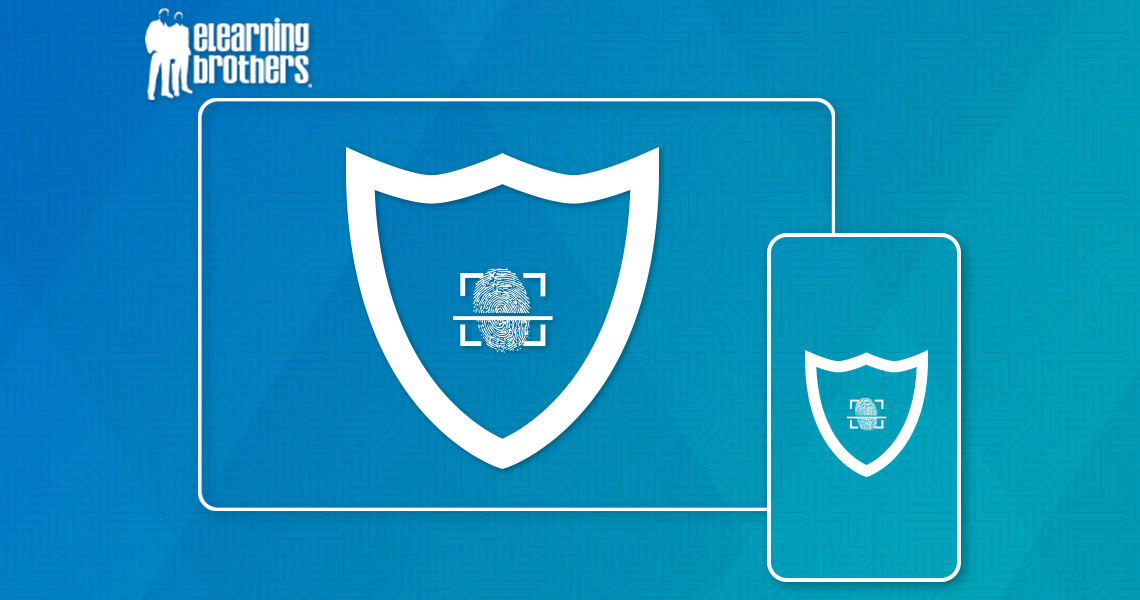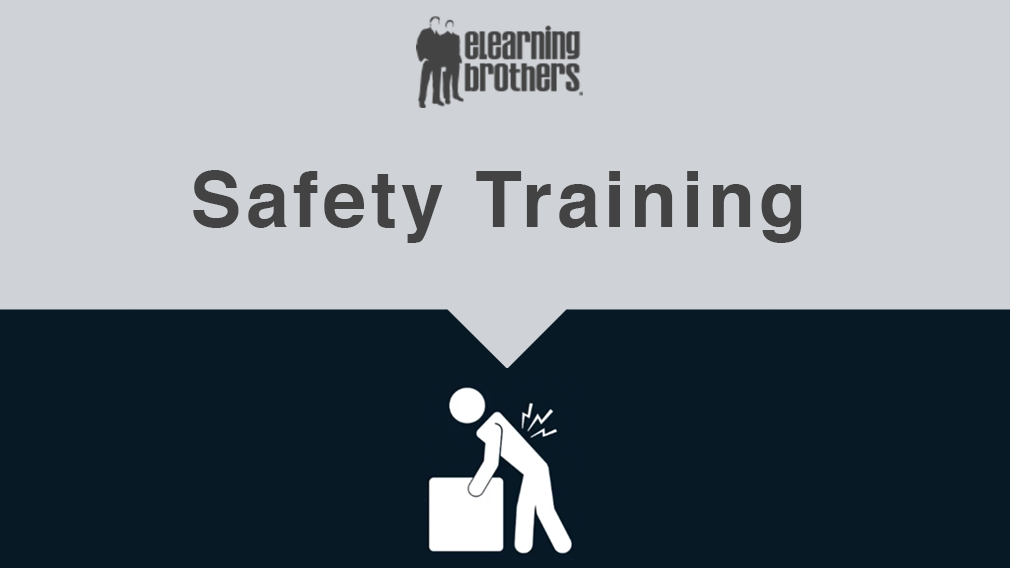* Content is fully editable with your dominKnow | ONE License

Digital threats are multiplying every day. A culture of cybersecurity awareness and comprehensive cybersecurity training will reduce the human risk of falling prey to cyber-attacks. Your employees are your first line of cyber defense. Teach your employees to adopt a security-first mindset with interactive, mobile-friendly cybersecurity awareness training.
Authentication is the means of verifying your identity to gain access to privileged content. This curriculum will show you how to create a secure password or passphrase, and introduce you to password management software. Learn the importance of taking steps to implement multi-factor authentication on all accounts at work and home.
- Authentication: You Need to Know
- Explain the importance of authentication
- Identify 3 common authentication factors
- Multi-factor Authentication
- Explain the added security of multi-factor authentication
- Describe how to perform multi-factor authentication
- Password Management
- Explain reasons to create a unique, secure passphrase for each account
- Describe how to use a password manager
Cyber crime can have a costly impact on business and personal finances, data, and operations or activities. This curriculum offers an opportunity to peek inside the head of a cyber attacker to better recognize and address potential vulnerabilities. Learn how to take steps to mitigate cyber risk and manage cyber health, and know what to do if you are ever comprised at work or home.
- Think Like an Attacker
- Describe a cyber attacker mindset
- List proactive actions you can take to defend against a cyber attack
- Managing Cyber Risk
- Define Cyber Risk
- Describe the costly impact of unsafe security practices
- List strategies and controls used to mitigate cyber risk
- Managing Cyber Health
- Explain the link between personal and workplace cyber health
- Examine personal technology for potential security holes
- Perform routine cybersecurity health checks
- Compromised! Recognize & Report
- Identify suspicious activity
- Recognize the importance of reporting a possible compromise
- Describe actions to take if you suspect you may have been compromised
Some information deserves extra thought and care before you hit Send or grant file access—and some things are best not shared at all. In this curriculum, explore the what, when, and how of sending and receiving secure communication. Learn to recognize protected Personal Identifiable Information (PPI) and take precautions to protect all sensitive information.
- Personal Identifiable Information (PII)
- Describe Personally Identifiable Information (PII)
- Explain how your PII is collected and used online
- Describe steps you can take to protect your PII
- Data Privacy Regulations at Work (GDPR and CCPA)
- Explain the role of Data Privacy regulations in protecting Personal Data
- Describe fundamental rights and responsibilities under GDPR
- Describe fundamental rights and responsibilities under CCPA
- Information Sharing
- Describe information that is safe to shared publicly
- Identify information that requires extra security precautions
- Categorize information by intended recipient
The majority of security breaches—as many as 90%—start with phishing. Attackers will even try to take over control of your computer or mobile device and hold it for ransom! In this curriclum, learn how to identify phishing emails and other social engineering activities, and understand the role of physical security measures in protecting sensitive information. Explore how to use encryption to secure sensitive or protected private information before sharing.
- Secure Communication
- Describe how to use encryption to send and receive secure communication
- Explain the role of VPN in secure communication
- Explore risks associated with file sharing
- Phishing
- Identify suspicious email
- Explain the connection between phishing and ransomware
- Describe steps to take if you receive a suspicious email
- Social Engineering & Physical Security
- Identify social engineering activities
- Describe security measures to prevent social engineering
- Explain the importance of reporting any suspicious activities
Security holes (vulnerabilities) are like a broken window that invites an attacker to access your device and steal your personal information. In this curriculum, learn the importance and best practices for applying secure configuration and updates for every operating system and application you own or install, at work and at home.
- Software Updates
- Explain the importance of software updates
- Describe best practices for keeping devices updated at work and at home
- Device Configuration
- Describe device configuration
- Explain security best practices for configuring a mobile device for work or personal use








Comments ( 0 )
Sign in to join the discussion.